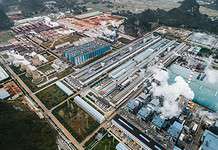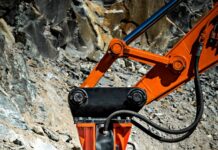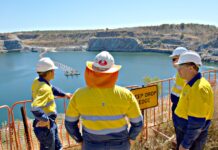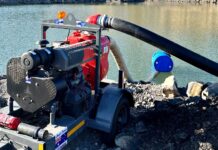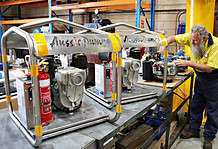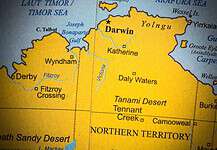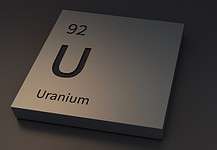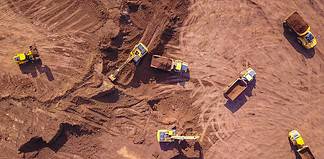The Carrapateena Tjati Decline schematic. image: OZ Minerals.
By Reuben Adams
OZ Minerals’ proposed $975 million Carrapateena copper mine in South Australia has passed two key milestones ahead of a final approvals process by the company board in 2017.
Representatives from OZ Minerals and Traditional Owners, the Kokatha people, travelled to the site to sign a landmark agreement to partner on the project.
Kokatha Aboriginal Corporation chairman Chris Larkin said the partnering agreement, ‘NGANAMPA PALYANKU KANYINTJAKU’ translated from Kokatha meant “keeping the future good for all of us”.
“This encapsulates the outcome of the process and the feelings of my community,” he said.
South Australian Premier Jay Weatherill also officially opened the planned 5.5km Tjati Decline to access one of Australia’s largest undeveloped copper deposits at Carrapateena.
The $65 million contract to build the exploration tunnel and associated infrastructure was awarded to PYBAR Mining Services in July.
“This initial construction will benefit communities in the north of the state, through new jobs and opportunities for supply chain businesses,” Mr Weatherill said.
“And if the project is progressed, the economic benefits to the upper Spencer Gulf region and the state as a whole will be enormous.”
The State Government has also co-invested $18 million with OZ Minerals to support research into a demonstration trial of a copper concentrate treatment processing plant, which will allow a purer and more valuable form of copper concentrate to be exported globally.
OZ Minerals managing director and chief executive Andrew Cole said the company believed this was an ideal time in the resources cycle to be undertaking a significant capital investment.
“The long term outlook for copper is strong, while right now development and construction costs are lower,” he said.
“Although we are taking a prudent approach to rolling out this project, we are confident about the economic benefits it will deliver locally and nationally.”
The Carrapateena project was expected to create more than 1000 jobs in the construction to production phase, and pump millions of dollars into regional South Australia across an estimated 20 year mine life.




